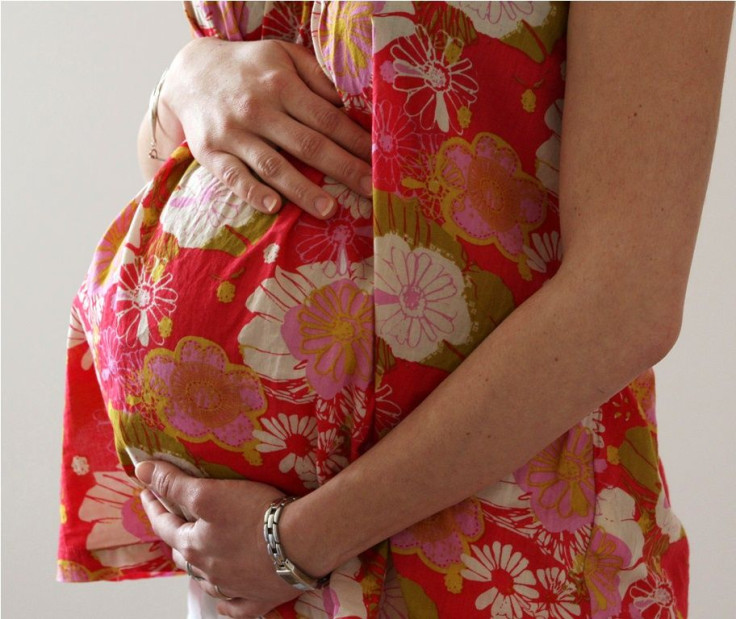Pregnant women’s exposure to lead may have lasting effects, can be passed on to grandkids

Pregnant women with high levels of lead in their blood not only affect the fetal cells of their unborn children but also their grandchildren, a new study suggests. Researchers at Wayne State University in Detroit, Michigan said that their findings might be able to identify the genes that could serve as possible candidate biomarkers for future transgenerational risk assessment studies.
Their study, published online in the journal Scientific Reports, is the first to demonstrate epigenetic effects of environmental exposures beyond one generation. The research team tested the hypothesis that human fetal germ cell exposure to environmental toxins causes epigenetic changes in the newborn blood from a grandchild of an exposed pregnant woman.
Previous studies have confirmed the harmful effects of lead exposure to pregnant women, as the heavy metal toxicants pass through the placenta into the baby’s developing bones and other organs. According to the World Health Organisation, or WHO, exposure of pregnant women to high levels of lead can cause miscarriage, stillbirth, premature birth, low birth weight as well as minor malformations.
For the new study, the researchers analysed neonatal blood spots from mothers and children, which were obtained from the Michigan Neonatal Biobank. It is a unique resource that has most of the neonatal dried blood spots from children born in Michigan since 1984.
“Our results suggest that lead exposure during pregnancy affects the DNA methylation status of the fetal germ cells, which leads to altered DNA methylation in grandchildren's neonatal dried blood spots,” said the study’s lead author Douglas Ruden, a professor in the Department of Obstetrics & Gynecology and director of epigenomics at the Institute of Environmental Health Sciences.
Lead is a naturally occurring metal found in the earth’s crust and has a wide variety of uses in manufacturing. It can be dispersed widely in the environment through contamination of water, dust, soil and some paint. Reducing people’s exposure to lead remains an important health issue in Australia because it can be found in various sources, including soldered pipes and even toys.
According to Australia’s National Health and Medical Research Council, or NHMRC, a blood lead level greater than 5 micrograms per decilitre suggests that a person has been, or continues to be, exposed to a level that is above what is considered the average background exposure in Australia. In such cases, NHMRC recommends to investigate and reduce the source of exposure, particularly if the person is a child or a pregnant woman.
Contact the writer at feedback@ibtimes.com.au or tell us what you think below.




















